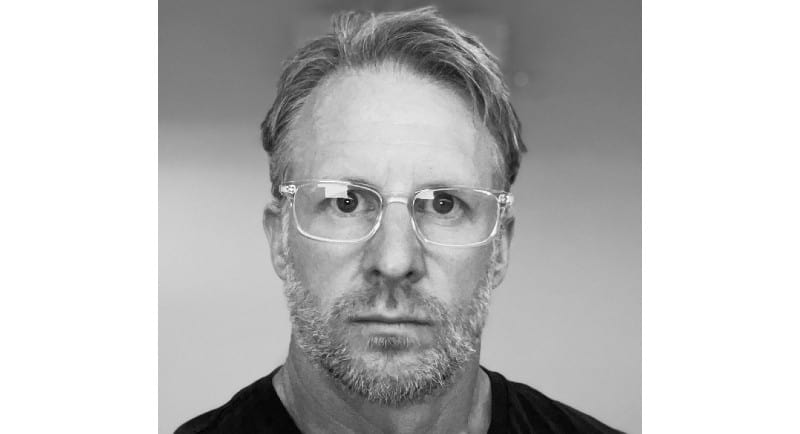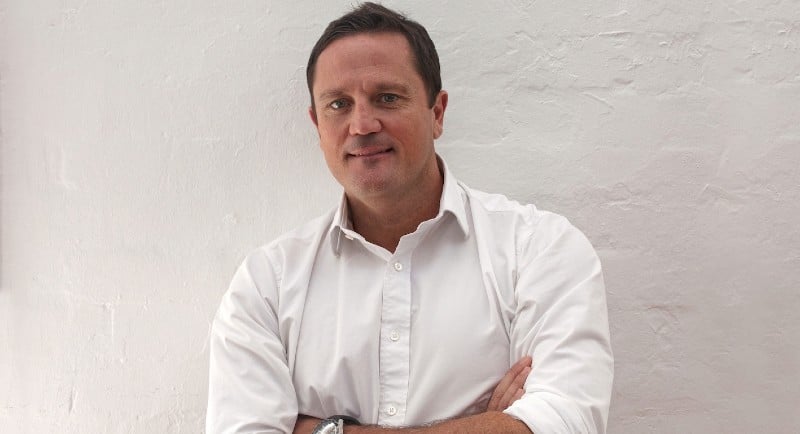Procurement departments that don’t properly value the power of creativity are behind the rise of in-house creative agencies in Australia, according to Paul Bradbury, president and regional CEO of TBWA Australia and New Zealand.
Bradbury tells Mediaweek, “the rise of procurement people who perhaps don’t value and understand creativity quite as much” is helping to fuel the increase of in-housing, with 78% of Australian marketers now working with an in-house agency in some capacity.
The findings from the 2023 In-House Agency Landscape Report, produced by the In-House Agency Council (IHAC) and Kantar Australia, revealed a 15% surge in marketers using in-house services, up from 63% in 2021. It points to a broader global trend: Australia has surpassed mainland Europe in terms of the percentage of businesses with an in-house agency offering, sitting only behind the United States.
The debate between external versus in-house agencies tends to also be a debate on creativity versus efficiency. According to Bradbury, “pure creativity” is the greatest shortfall of the in-house model.
“I certainly understand the motivation for many of those in-house models,” he says. “A lot of them are about efficiency, first and foremost. It is about cost efficiencies; it’s about operational efficiency so they can get to market faster… There’s also an element of control; brand owners feel they have a bit more control over their agency.
“There isn’t the duplication that a lot of large clients have with an agency village model where you’ve got a bunch of specialist agencies, and you may even have a couple of similar creative agencies in the mix.
“We think the right model for bespoke agencies is creative first, and we invest a lot of time in defining what the creative culture is going to be.”
TBWA has bespoke models set up for clients including Media Arts Lab for Apple, Nissan United for Nissan, and, most recently, +61 for Telstra.
+61 brings together independent creative studio Bear Meets Eagle On Fire, the integrated capabilities of TBWA, and Telstra’s existing media agency – TBWA’s Omnicom stablemate OMD. The first work from the shop is slated for April.
See also: Telstra announces new agency partnerships with +61, Bear Meets Eagle On Fire and TBWA
All three “have been built for creativity first,” Bradbury says. And all three unite creative and media. Interestingly, the creative agency boss says the bundling of media and creative is key.
“I think you’ve got to get media back into creative. All the best CMOs are insisting that these bespoke models are creative and media back together. I think that’s the most important thing, and that’s true of all our models.”
Bradbury says that Media Arts Lab, which has been Apple’s bespoke agency since 1998, is proof that bespoke models can work alongside an in-house agency – Apple has one of those too.
“But they really value the outside perspective, particularly the one Media Arts Lab gives them, [and] the fact that we do have honest conversations.”
That’s because good agencies and good clients challenge each other, in a way that may not occur if you’re only working from people within your business.
“The very best agencies, the agencies that are confident in who they are, will challenge clients.”
Likewise, “the very best clients want to be challenged; they pay good agencies to challenge them… They want outside thinking because if you’re only getting points of view from people inside an organisation, you’re not going to get honesty, and you’re not going to get truth.”
In-house agencies have historically found it challenging to attract great strategic and creative talent, Bradbury continues, “they’ve found it hard to build enduring creative cultures.”
“Agencies have been doing this for a long time, and I think we’re better at building cultures that attract great creative people.”
Surprisingly, Tim Hernadi, general manager of marketing at Sportsbet, one of the early pioneers of the in-house agency model, echoes some of Bradbury’s criticisms. He acknowledges that despite operating with a highly efficient production-based model, “the hardest thing with in-house agencies is managing your creative.”
“We have an internal creative team here who are highly skilled and capable, but it’s really hard to land the idea every single time,” he says.
Hernadi believes a hybrid model is the most effective method for the online wagering company‘s bold, quick-to-market, omnichannel creative work.

Tim Hernadi, general manager of marketing, Sportsbet
“We’ve worked with external creative agencies, but we’ve also leveraged our internal creative and production resources as well,” says Hernadi. “We’ve found the model to evolve as the maturity of our agency and the capability has evolved.”
“What we’ll do, from time to time, is work with external agencies to help bolster ideation,” he explains, expressing his confidence that the hybrid model is already on its way to becoming the future for advertisers.
“A lot of advertisers will probably have a model that has set-up an external agency to run point on creative,” he says.
“The trend is probably moving more towards outsourcing or bringing production in-house or controlled production in-house. I think that’s where the growth in the trend, certainly in this country, is moving towards.”
Chris Maxwell, executive chair of the In-House Agency Council, says its report reveals that marketers turn to in-housing to achieve cost savings, improved brand knowledge, dedicated staff, and quicker integration processes.
With CMOs facing mounting pressure to create more content for more channels and one-to-one comms with less budget and time, the collapse of the traditional agency model was inevitable, he says.
“It’s just too slow to react to the way customers and consumers expect brands to be able to react today. Not only is it too slow, but there’s layers of hands touching that piece of work that all cost money.”
“Trust came up as a big one,” adds Maxwell. “People saying ‘I trust the people that I’m in the building with working with, they’ve got the same incentives that I do, [and] that we’re all pulling in the same direction.’”
It is not necessarily a case of having to choose an in-house agency or an external agency, though. Maxwell notes that a hybrid model deploys both, with specialist work and day-to-day work handled by different teams.
“I think there’s a reason that agencies exist and will continue to exist,” says Maxwell. “That’s why we talk a lot about what we call a hybrid model, which is having the best of both worlds: having external agencies for the things that they’re the best at, which often are things that are specialist skills, or things that you don’t need every day.”
As models shift and morph, so too might the way agencies charge for their work.
Speaking from his experience at TBWA, the trademarked Disruption agency, Bradbury explains: “We’ve been moving for some time away from head-hour relationships, to more value-based pricing. That enables us to ensure that we’ve got the right amount of people and talent working on a project, so we’re not burning people out.”
See also: Apple’s outstanding accessibility ad The Greatest wins primetime Emmy
–
Top Image: Paul Bradbury
